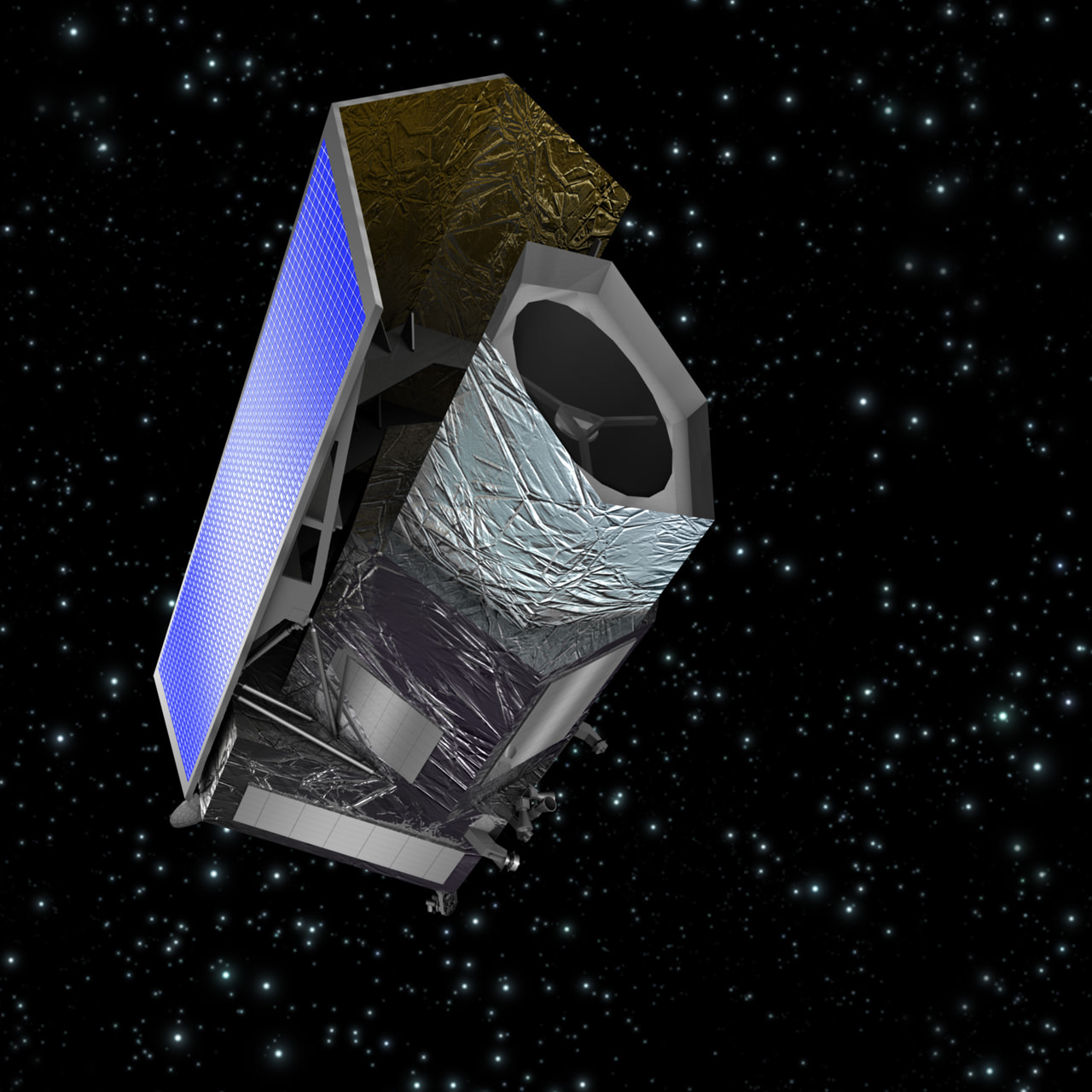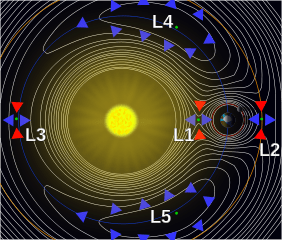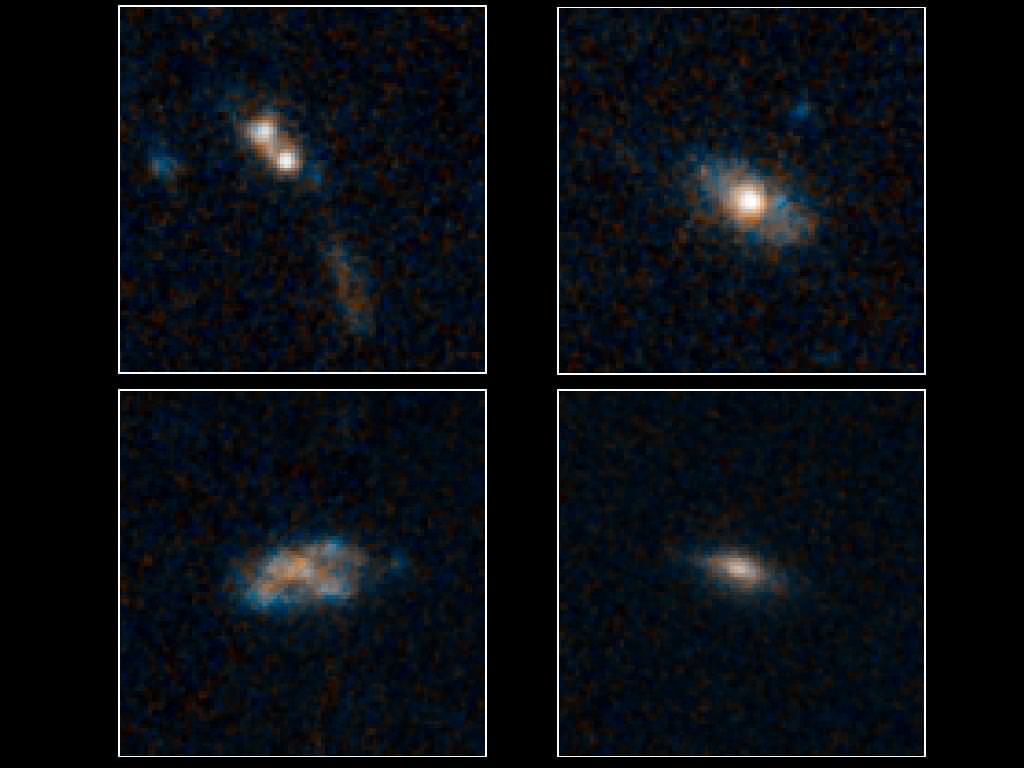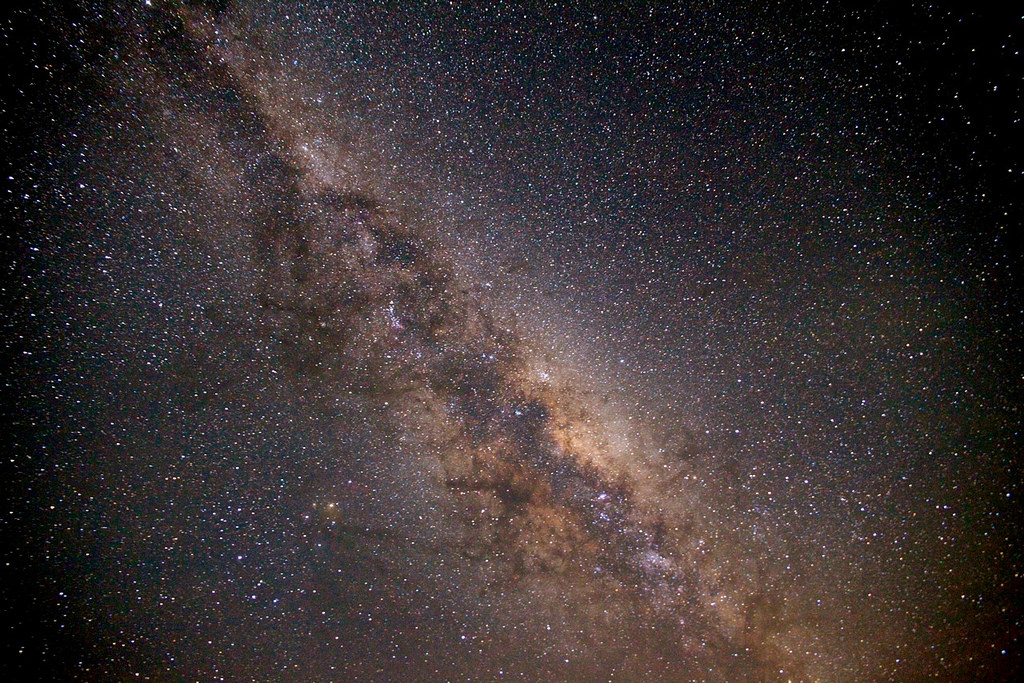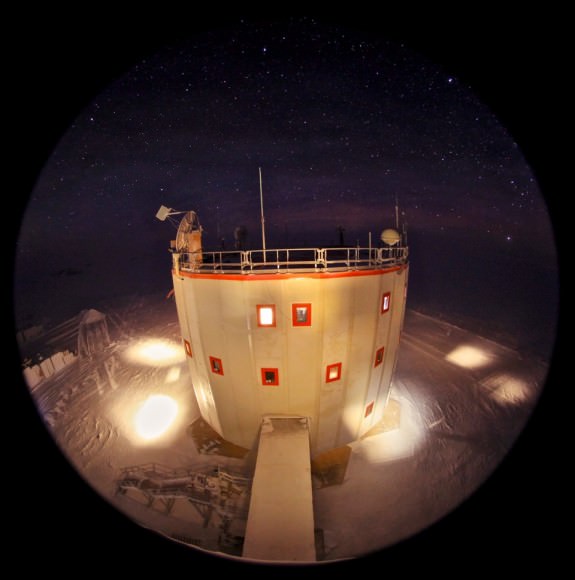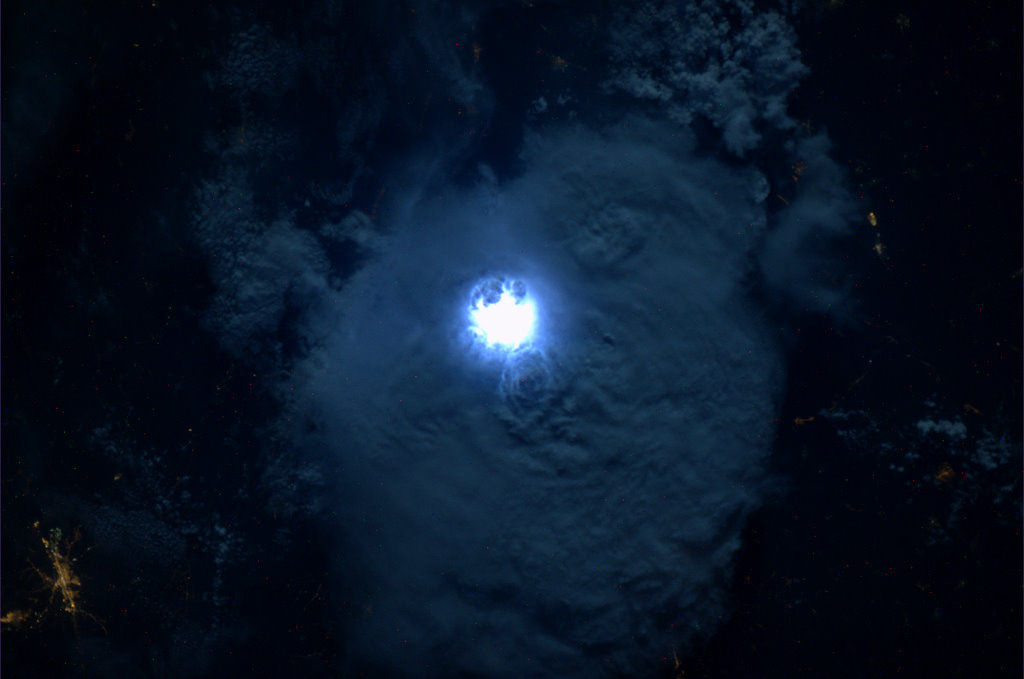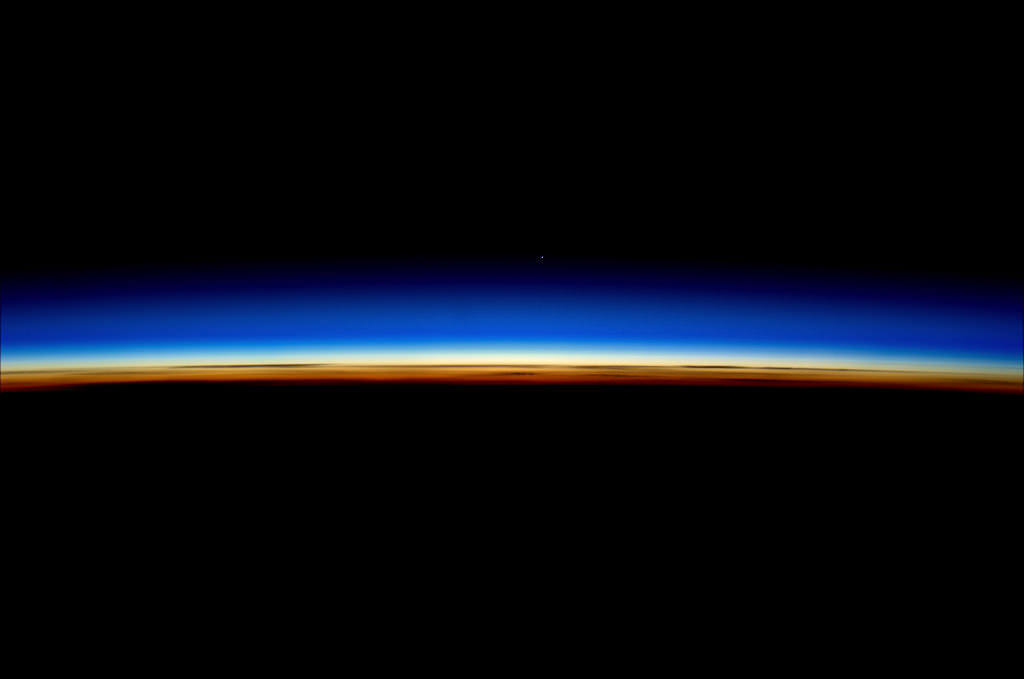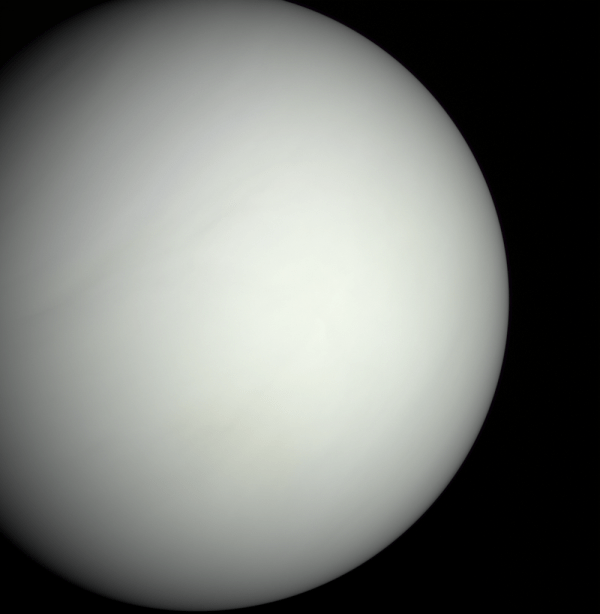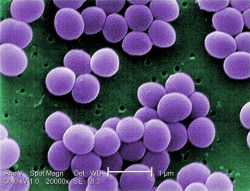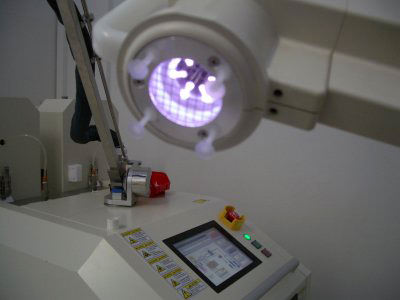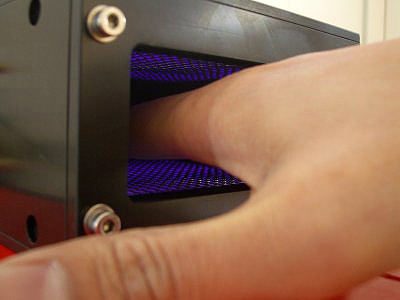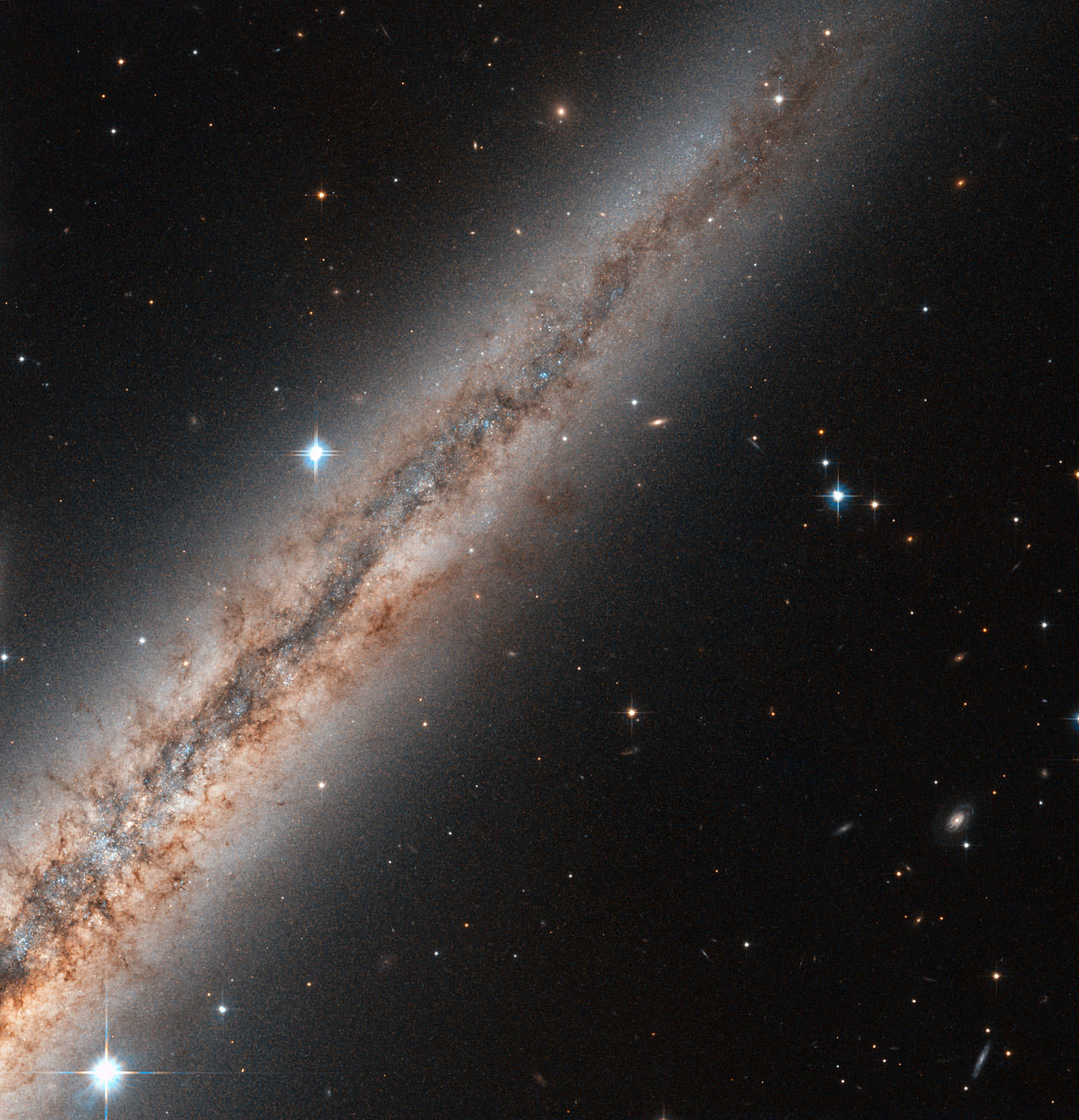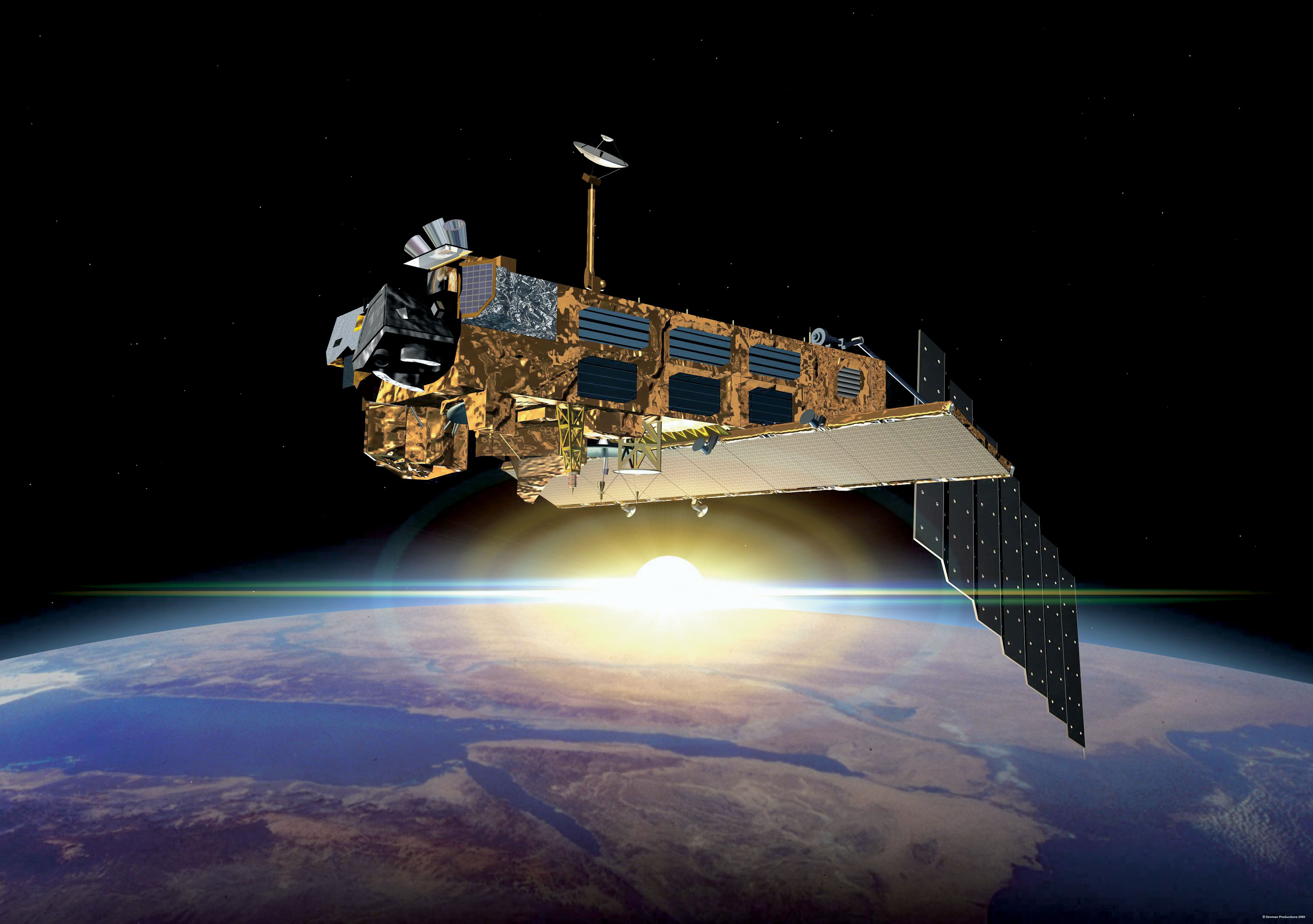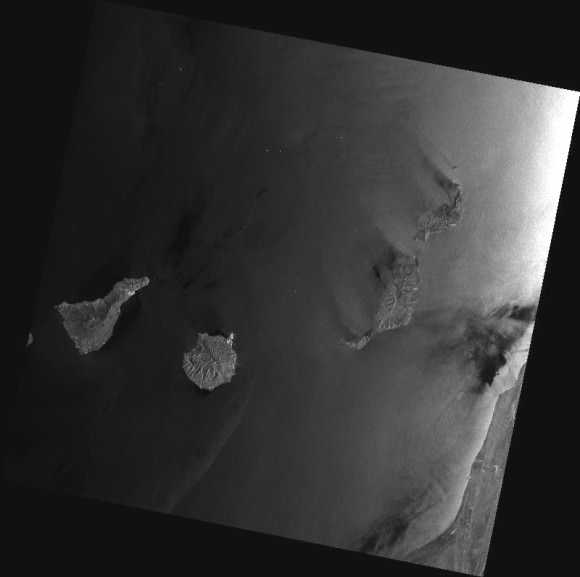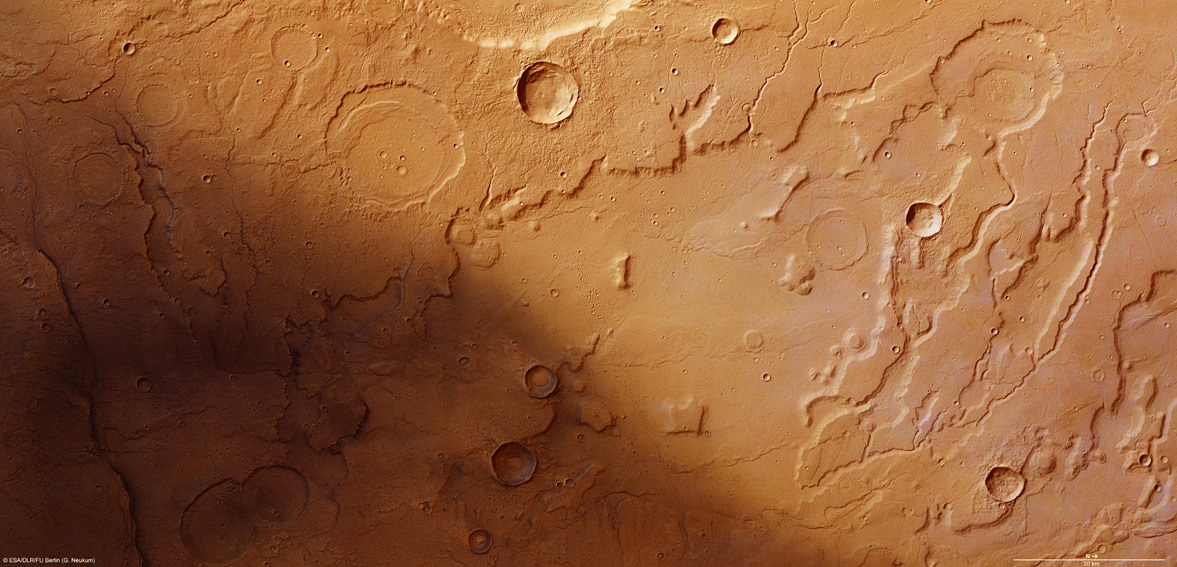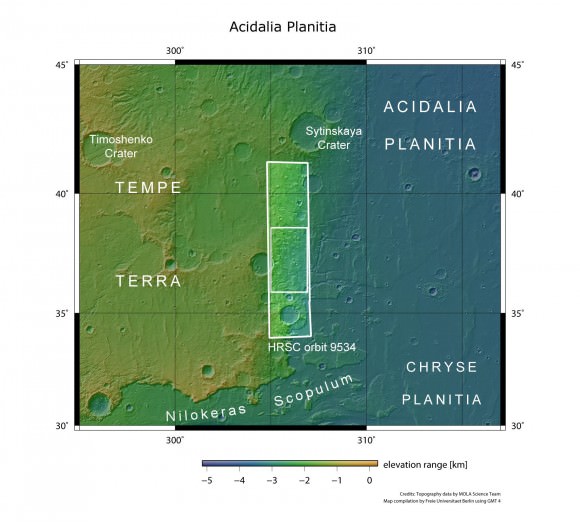Euclid, an exciting new mission to map the geometry, distribution and evolution of dark energy and dark matter has just been formally adopted by ESA as part of their Cosmic Vision 2015-2025 progamme. Named after Euclid of Alexandria, the “Father of Geometry”, it will accurately measure the accelerated expansion of the Universe, bringing together one of the largest collaborations of astronomers, engineers and scientists in an attempt to answer one of the most important questions in cosmology: why is the expansion of the Universe accelerating, instead of slowing down due to the gravitational attraction of all the matter it contains?
In 2007 the Hubble Space Telescope produced a 3D map of dark matter that covered just over 2 square degrees of sky, while in March this year the Baryon Oscillation Spectroscopic Survey (BOSS) measured the precise distance to just over a quarter of a million galaxies. Working in the visible and near-infrared wavelengths, Euclid will precisely measure around two billion galaxies and galaxy clusters in 3 dimensions in a wide extragalactic survey covering 15,000 square degrees (over a third of the sky) plus a deep survey out to redshifts of ~2, covering an area of 40 square degrees, the 3-D galaxy maps produced will trace dark energy’s influence over 10 billion years of cosmic history, covering the period when dark energy accelerated the expansion of the Universe.
The mission was selected last October but now that it has been formally adopted by ESA, invitations to tender will be released, with Astrium and Thales Alenia Space, Europe’s two main space companies expected to bid. Hoping to launch in 2020, Euclid will involve contributions from 11 European space agencies as well as NASA while nearly 1,000 scientists from 100 institutes form the Euclid Consortium building the instruments and participating in the scientific harvest of the mission. It is expected to cost around 800m euros ($1,000m £640m) to build, equip, launch and operate over its nominal 6 year mission lifetime, where it will orbit the second Sun-Earth Lagrange point (L2 in the image below) It will have a mass of around 2100 kg, and measure about 4.5 metres tall by 3.1 metres. It will carry a 1.2 m Korsch telescope, a near infrared camera/spectrometer and one of the largest optical digital cameras ever flown in space.
Dark matter represents 20% of the universe and dark energy 76%. Euclid will use two techniques to map the dark matter and measure dark energy. Weak gravitational lensing measures the distortions of light from distant galaxies due to the mass of dark matter, this requires extremely high image quality to suppress or calibrate-out image distortions in order to measure the true distortions by gravity. Euclid’s camera will produce images 100 times larger than those produced by Hubble, minimizing the need to stitch images together. Baryonic acoustic oscillations, wiggle patterns, imprinted in the clustering of galaxies, will provide a standard ruler to measure dark energy and the expansion in the Universe. This involves the determination of the redshifts of galaxies to better than 0.1%. It is also hoped that later in the mission, supernovas may be used as markers to measure the expansion rate of the Universe.
Find out more about Euclid and other Cosmic Vision missions at ESA Science
Lead image caption: Artist’s-impression-of-Euclid-Credit-ESA-C.-Carreau
Second image caption: Sun Earth Lagrange Points Credit: Xander89 via Wikimedia Commons

